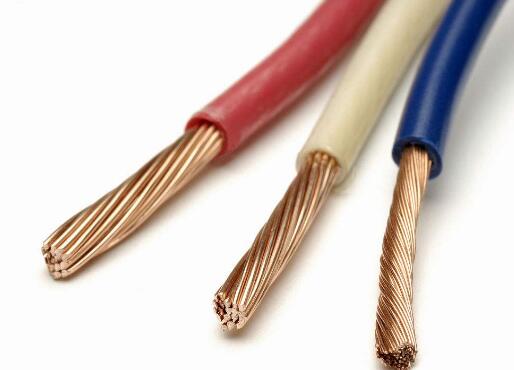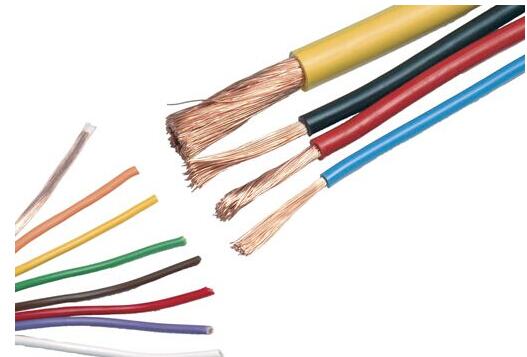With the deepening of the implementation process of distribution automation, it is necessary to enter the advanced stage of distribution automation, and to carry out computer intelligent management of the whole process of dispatching, production, operation and maintenance of the distribution network, it is necessary to rely on communication means to collect network operation in real time. And the equipment parameters, the mathematical model is established, and based on this, the practical application of advanced artificial intelligence software is realized. Therefore, in any power supply enterprise, the development of practical distribution automation communication planning can not be ignored.
Automation of distribution networks
Distribution lines, all over the city's streets. Since most cities are experiencing rapid development, large-scale urban construction makes the distribution network as a whole have an uncertain topological structure, and the loading capacity changes almost every day. The frequency of equipment changes is several orders of magnitude higher than that of power transmission and transformation.
Distribution automation started in the developed countries of the world earlier, and the development is also faster. It has experienced a comprehensive automation system from a variety of single automation, called “multi-island automation” to open, integrated and integrated. The direction development process has already reached a considerable scale, and from improving the reliability and efficiency of distribution network operation, improving power supply quality, reducing labor intensity, making full use of existing equipment capabilities, shortening power outage time and reducing power outage area. Both bring considerable economic and social benefits.
First, the design of distribution automation system (DAS)
Distribution Automation System (DAS) is a large-scale and huge investment project. All localities must be invested in phases and implemented in phases, and must adapt to the characteristics of the distribution network. Therefore, DAS must comply with the following principles:
(1) The system must be open to support future development.
(2) The system must be advanced, and the system design must adopt advanced technology to ensure that the system has a long life cycle.
(3) The system must be highly modular, the user has a choice, and the modules that are urgently needed can be selected.
(4) The system must be designed and standardized, and national standards should be adopted as much as possible to ensure product compatibility.
Second, the urban distribution network automation system structure system
The urban distribution network automation system is designed according to the hierarchical distributed architecture, which is a two-tier structure, namely:
The first floor: the main station. Mainly responsible for the operation monitoring and distribution operation management of urban distribution network equipment. Workstations through peripherals are used to monitor and control the operation of distribution equipment within the jurisdiction of the base.
The second layer: distribution terminal. Fault location and solution measures in urban distribution network automation engineering. The faulty section is identified by the terminal device installed in each power distribution room (cable compartment) (or the cable fault signal is sent through the cable fault indicator, and the signal is collected by the terminal device), and transmitted to the base station through optical fiber (wireless) communication. And the running staff on the main station. The terminal configuration functions of each cable dividing compartment, ring network cabinet, etc. shall reserve control functions for the next fault isolation and power restoration. For the opening and closing stations, all of them are considered in terms of remote signaling, telemetry and remote control. For the distribution room and cable junction room, consider the remote communication and telemetry. The high voltage user power supply side realizes the switching signal (or voltage signal) acquisition. Distribution network equipment operation monitoring. Through a large number of terminal equipment installed at the distribution equipment site, the brief information of the medium and low voltage switch position signal, protection signal, load, bus voltage, low voltage reactive compensation, etc. of the distribution network equipment is collected and transmitted to the urban area through various communication methods. Distribution network automation system main station.
Third, distribution automation communication system
The data communication of the distribution automation system in the urban distribution network is mainly based on optical fiber. According to the architecture of distribution automation, the communication system mainly adopts three structural forms: point-to-point structure, star structure and ring structure. It mainly consists of the following three levels:
The first level is between the distribution automation master station and the sub-control center, and the communication is a point-to-point or ring connection. The second level is between the distribution automation sub-control center and the equipment layer FTu fiber ring network, and the communication adopts star or ring. The data center communication between the sub-control center and the equipment layer FrU can be carried out by using the question-and-answer data transmission protocol, or the TcP and qP protocols can be directly communicated through the network. The communication bandwidth is 10M or more, and the optical card is added by FrU. . The third level is the connection between the device layers VrU and the communication connection between the FXU and the distribution transformer acquisition device TTu. The communication mode of Fru and the sub-control center should be selected under the premise of satisfying the system functions and indicators, considering the geographical location, F1u support function, system real-time requirements, and investment funds.
Fourth, the requirements of distribution automation system equipment
In order to meet the fault isolation, load transfer and recovery of power supply to non-faulty sections, the primary distribution network equipment implementing the distribution automation function should select high reliability, maintenance-free, less maintenance, and electric operation according to the specific application conditions. The oil-operated switchgear, in addition to the technical requirements of the relevant 10KV primary equipment, also has the following properties:
1. Auxiliary nodes (normally open, normally closed) reflecting the switch position and the switch near/far control status should be provided.
2. Switching equipment used for local control, in the case of loss of AC power, in addition to manual closing and manual opening, at least one automatic splitting and closing can be performed.
3. Provide the necessary signal interface that reflects the abnormal state of the switch.
4. For voltage information detection, built-in or external voltage transformer.
5. At least one set of current transformers is included for fault current and load current detection, and the level is protection level transformer. At the same time, the secondary side rated current of the current transformer should match Fru.
6. After losing AC power, switches and equipment that still need control and data communication should be equipped with batteries and charging equipment of sufficient capacity.
The distribution automation and management system has the characteristics of good real-time performance, high automation level and strong management function. It can improve the reliability of power supply and power quality, improve the service to users, and has remarkable economic superiority and good social comprehensive benefits. Therefore, we need to make full use of contemporary scientific and technological means to improve the management level of the distribution network according to the actual situation of urban distribution network development.
Henan Sanheng Cable Co., Ltd , founded in 2000, It is one of the top wire and cable manufacturers in China's wire and cable industry for nearly 20 years. the company has more than 5 production lines.
The production cable can be divided into more than 50 varieties and subdivided into 1000 specifications.All products have passed national certification, such as China compulsory certification, bv certification, Nigerian SONCAP certificate, China national industrial certification, etc. China national industrial production license, etc.It also has the ability to produce products that meet international standards, such as iec, ce, rohs, etc.
If you want to buy wires and cables, you can ask the customer service staff and we will get back to you as soon as possible.
-
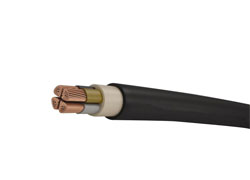
600 1000V CU XLPE Power Cable
Conductor:Bare Copper Conductor of Class 1/2 (Solid)
Insulation:XLPE Compound
Insulation Color:Red, Blue, Grey, Yellow/Green or as request
-
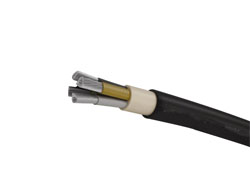
600-1000V AL XLPE Power Cable
3500 V:Bare Aluminum Conductor of Class 1/2 (Solid)
Insulation:XLPE Compound
Insulation Color:Red, Blue, Grey, Yellow/Green or as request
-

600-1000V Flexible Power Cable
Conductor:Bare Copper Conductor of Class 5 (Flexible)
Insulation:PVC Compound
Insulation Color:Red, Blue, Grey, Yellow/Green or as request
-
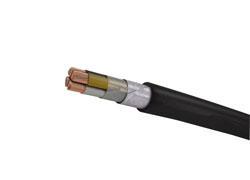
600-1000V SWA Armoured Cable
Conductor:Bare Copper Conductor of Class 1/2 (Solid)
Insulation:XLPE Compound
Insulation Color:Red, Blue, Grey, Yellow/Green or as request
